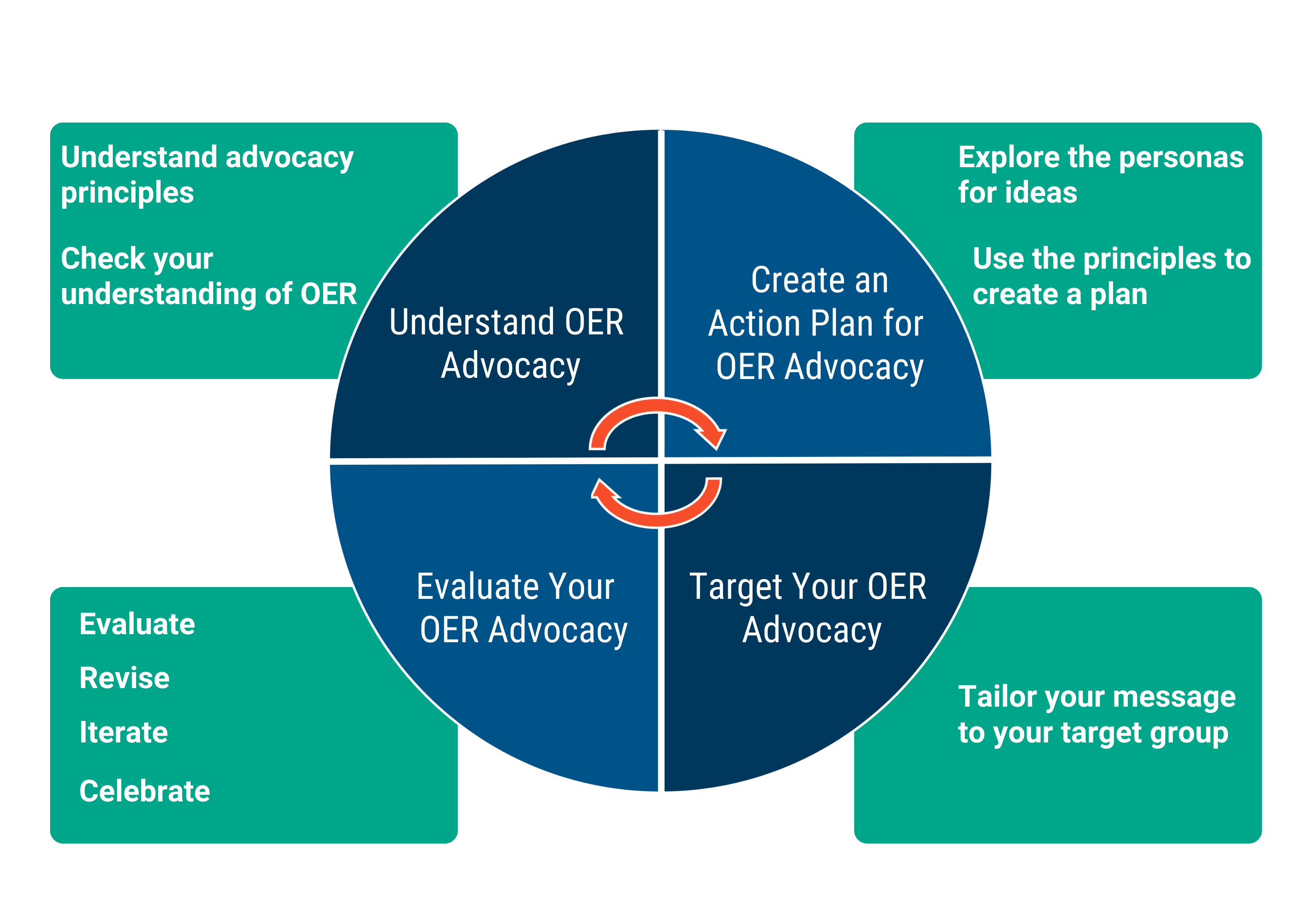Advocacy for Open Science
الخطوط العريضة للقسم
-
The most progress towards Open Science has been in relation to the open publication of research. Plan S is ‘...an initiative for Open Access publishing that was launched in September 2018. The plan is supported by cOAlition S, an international consortium of research funders. Plan S requires that, from 2021, scientific publications that result from research funded by public grants must be published in compliant Open Access journals or platforms’. More and more funders are requiring open publication of research findings, and in August 2022 the US White House issued a new policy that will require, by 2026, all federally-funded research results to be freely available to public without delay, ending longstanding ability of journals to paywall results for up to 1 year. Many publishers are working to ensure that they can maintain their profit margins, while embracing open publishing - largely through the levying of article publishing charges.
The field of educational resources has been marked by the development and use of Open Educational Resources (OER). Although OER have not been adopted by the majority of academics, there is a great deal of energy and expertise in the field. The MERLOT platform on which this site is hosted is an excellent example of this.
However, there is still a need to advocate for increasing development and adoption of Open Science practices. The Council of Australian University Librarians has developed an Open Educational Resources Advocacy Toolkit. The Toolkit is comprehensive and is oulined in the diagram below.
 'OER Advocacy Process' in the CAUL OER Advocacy Toolkit by CAUL, licensed under a CC BY 4.0 licence.
'OER Advocacy Process' in the CAUL OER Advocacy Toolkit by CAUL, licensed under a CC BY 4.0 licence.We encourage others to extend this advocacy process to other areas of Open Science.
-
How should we advocate for developments in Open Science? Please post your suggestions which you feel are relevant to your setting.
-
